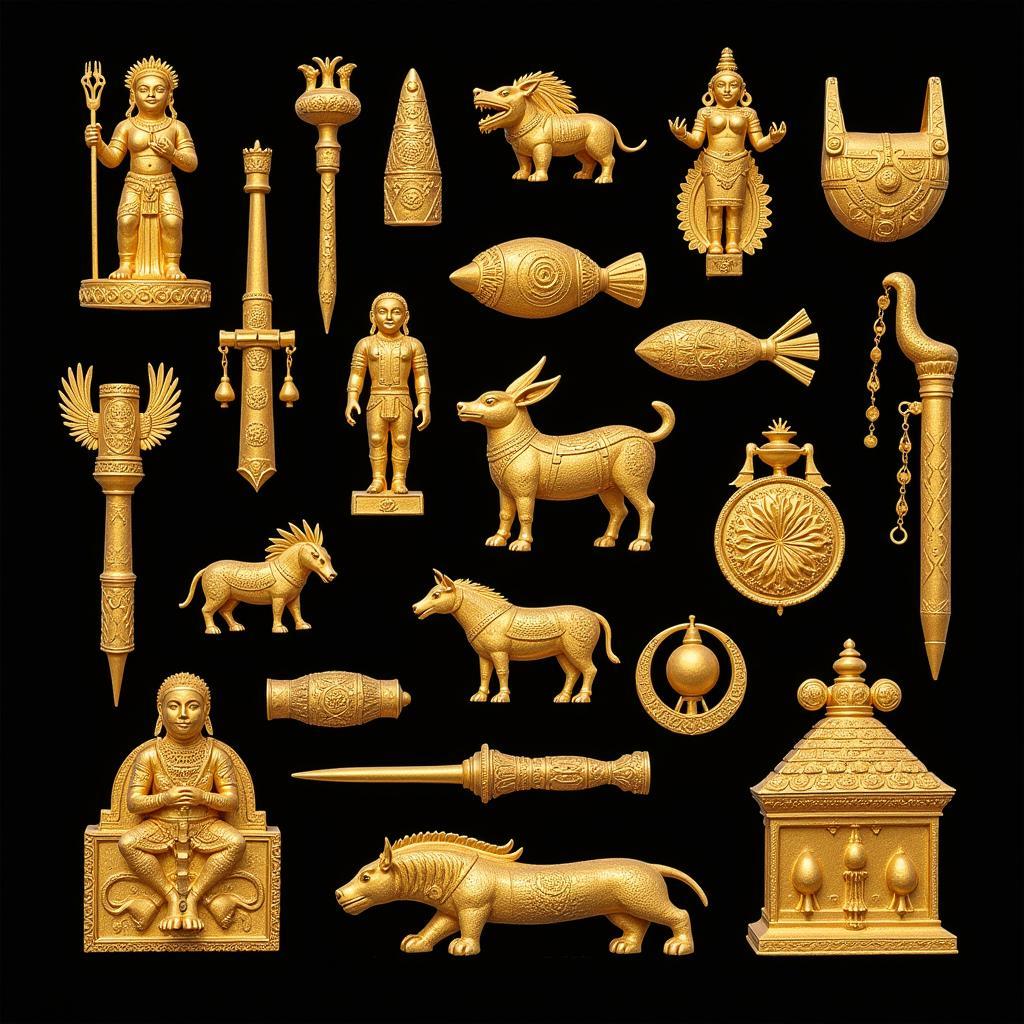The Andes Mountains, a breathtaking tapestry of towering peaks and fertile valleys, cradled some of the most fascinating and complex societies in pre-Columbian South America. While sharing a common geographical stage, these societies, including the Inca, Chimu, and Chavin, each developed unique cultural expressions, social structures, and political systems. Exploring these similarities and differences unveils a rich history of human adaptation, innovation, and interaction.
Environmental Adaptations and Resource Management: A Shared Challenge
The rugged Andean terrain, with its diverse ecological zones ranging from coastal deserts to icy highlands, presented both challenges and opportunities for its inhabitants. All Andean societies had to adapt to the often-harsh environment, developing ingenious methods of agriculture, water management, and resource distribution.
The iconic Andean terraces, for example, stand as a testament to their ingenuity. These carefully constructed steps transformed steep slopes into fertile farmland, allowing for greater crop yields and demonstrating a deep understanding of soil conservation and water management. Similarly, the use of llamas and alpacas for transportation and wool production highlights their adaptation to the high-altitude environment.
Social Structures and Hierarchy: From Egalitarian to Imperial
While sharing a reliance on agriculture and a reverence for the natural world, Andean societies exhibited significant variations in their social organization. Early civilizations, such as the Chavin, leaned towards more egalitarian structures, with religious leaders holding significant influence.
As societies grew in scale and complexity, however, hierarchical systems emerged. The Chimu civilization, for instance, developed a stratified society with a powerful elite class controlling vast irrigation networks and coastal trade routes.
The Inca Empire, the largest of the Andean civilizations, established an elaborate social hierarchy with the emperor, considered the descendant of the sun god, at its apex. This centralized system, known as the Tawantinsuyu, extended its reach across the Andes, integrating diverse ethnic groups and territories under a single, powerful rule.
Religion and Cosmology: A Tapestry of Beliefs
Religion played a central role in the lives of Andean peoples, shaping their worldview, social structures, and relationship with the natural world. While each society developed its own distinct pantheon and rituals, common threads united their beliefs.
A profound reverence for nature, particularly mountains (apus) and celestial bodies, permeated Andean spirituality. The sun, moon, and stars were not merely celestial objects but powerful deities influencing agriculture, fertility, and human destiny.
 Golden artifacts from the Inca Empire depicting religious symbolism
Golden artifacts from the Inca Empire depicting religious symbolism
Ancestor veneration was another unifying aspect of Andean belief systems. Mummies, often elaborately adorned and preserved, served as tangible links to the past and played an active role in rituals and ceremonies.
Artistic Expressions: From Monumental Architecture to Intricate Textiles
Andean societies left an indelible mark on the artistic landscape of South America, showcasing their creativity and technical prowess through a variety of mediums. Monumental architecture, often constructed with immense stones precisely fitted together without mortar, stands as a testament to their engineering skills.
The Inca city of Machu Picchu, perched high in the clouds, exemplifies their architectural mastery, blending seamlessly with the surrounding landscape. The Chimu city of Chan Chan, with its vast adobe walls adorned with intricate friezes, reveals a mastery of large-scale urban planning and artistic expression.
Textiles, often woven from alpaca and llama wool, held both practical and symbolic significance. Intricate patterns and vibrant colors conveyed social status, religious beliefs, and historical narratives.
Conclusion: A Legacy of Resilience and Innovation
Despite their eventual conquest by the Spanish, the Andean civilizations left an enduring legacy of resilience, adaptation, and cultural brilliance. Their innovative agricultural techniques, complex social structures, rich religious traditions, and stunning artistic expressions continue to captivate and inspire, reminding us of the power of human ingenuity and the importance of understanding and respecting diverse cultures.